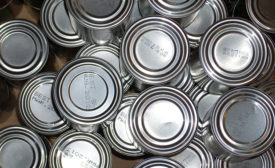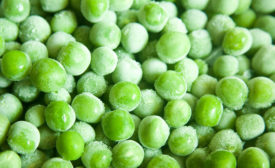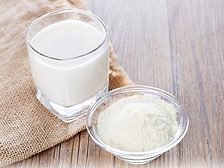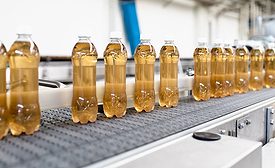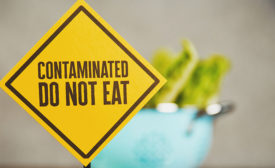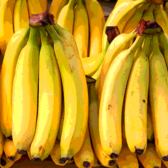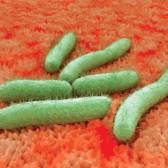Microbiological
A Small Survey of Food Safety Practices by Frozen Vegetable Suppliers
A glimpse into the practices of the frozen-food supply chain
June 20, 2021
Sanitation
Sanitizers: From Effectiveness to Tolerance
Which sanitizer works best depends on your food microbe of choice
April 16, 2021
Low Moisture
Cronobacter: Pathogen Considerations beyond Salmonella in Dairy Powders
Low-moisture foods present challenges for pathogen control.
April 15, 2021
Never miss the latest news and trends driving the food safety industry
eNewsletter | Website | eMagazine
JOIN TODAY!Copyright ©2025. All Rights Reserved BNP Media.
Design, CMS, Hosting & Web Development :: ePublishing
